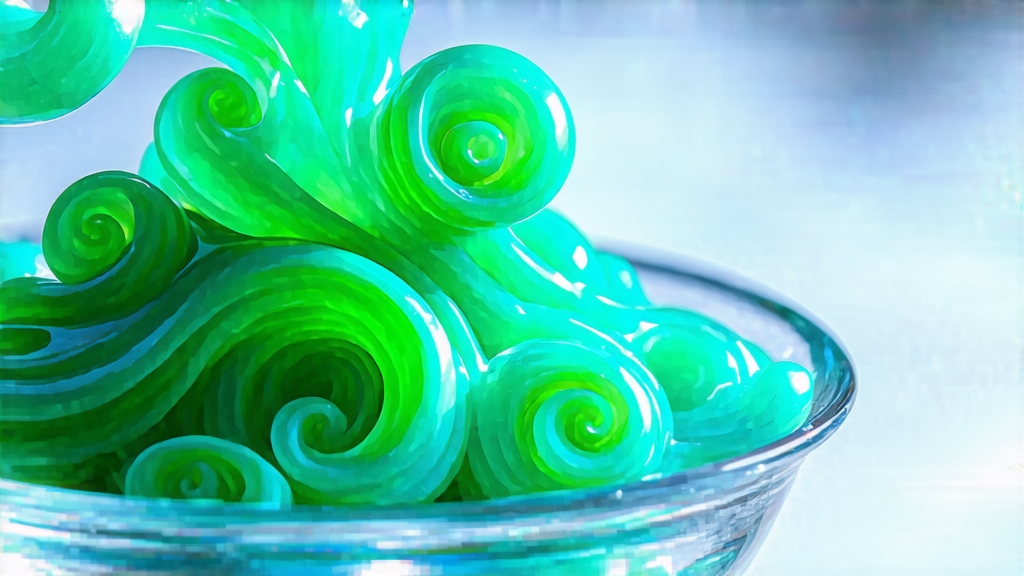
Biluochun, whose name translates literally to “Green Snail Spring,” is one of China’s ten most celebrated teas, yet it remains a quiet mystery outside the circles of serious tea lovers. Produced only in a narrow strip of hills hugging the eastern shore of Taihu Lake in Jiangsu Province, this emerald-green tea is prized for its tiny spiral-shaped leaves, downy silver tips, and an aroma so fragrant that locals once called it “scary fragrance” (xia sha ren xiang) because it startled the uninitiated with its intensity. To understand Biluochun is to step into a 1,200-year-old story of monks, emperors, tea gardens hidden among fruit trees, and a craft so precise that a single kilo demands the plucking of fourteen thousand tender buds.
Historical whispers place Biluochun’s birth during the Tang dynasty, when monks at Shuiyue Temple nestled in the Dongting mountains began pan-firing wild tea shoots picked from scattered shrubs. The tea remained a regional secret until the late Ming, when the Kangxi Emperor visited Taihu on a southern inspection tour. Court chronicles record that the emperor was captivated by the infusion’s jade clarity and lingering orchid sweetness; he personally renamed it Biluochun to honor its snail-shell curl and spring harvest. From that moment the tea became tribute, carried northward on barges along the Grand Canal and locked away in palace vaults. Commoners rarely tasted it, yet the fame of its fragrance drifted like incense across the empire.
Today the appellation “Biluochun” is legally restricted to leaves grown within a 20-kilometer radius of Dongting Mountain, an island of weathered granite rising from Taihu’s shallows. Two micro-cultivars dominate: the small-leaf “Dongting小叶” prized for its floral lift, and the even tinier “Fuding大白” whose buds are so white they resemble steamed rice grains. Both thrive in acidic, quartz-rich soil and benefit from the lake’s daily fog, which acts like a natural shade cloth, slowing photosynthesis and concentrating amino acids that translate into sweetness. Around the gardens, farmers continue an ancient polyculture: rows of tea bushes alternate with plum, peach, and apricot trees. When spring blossoms open, their nectar perfumes the air; tea leaves absorb the scent so thoroughly that no additional flavoring is ever needed. The result is a liquor that tastes unmistakably of spring itself—soft, bright, and humming with life.
Harvest begins each year on the first warm day after Qingming festival, when daytime temperatures hover near 18 °C and nights still dip to 10 °C. Only the unopened bud and the adjacent half-expanded leaf are taken, a stage locals call “one flag, one spear.” Experienced pickers work with thumb and forefinger in a single twisting motion that snaps the stem without bruising; they drop the shoot into a shallow bamboo basket worn on the forearm, never compressing the pile. Speed matters—leaves must reach the village workshop within four hours before enzymatic browning sets in. A top-grade kilo requires roughly seven hours of continuous plucking by a team of six, a reminder that great tea is always a collaboration between human patience and botanical precision.
The craft that follows has changed little since Kangxi’s day. Withering is skipped entirely; instead, the leaves are immediately “sha qing” or kill-greened in a cast-iron wok heated to 180 °C. The master’s bare hand sweeps through the leaves in arcs, feeling for the moment moisture content drops from 75 % to 58 %. Next comes the unique “cuo tuan” or spiral-rubbing step: the tea is transferred to a lower 70 °C wok and rolled under palm pressure along the rim, forming the signature tight curl. Every thirty seconds the maker lifts the bundle, allowing it to unfurl and cool, then repeats the motion up to forty times over twenty minutes. Finally, a gentle 50 °C drying phase locks in fragrance while reducing moisture to 6 %. When finished, the leaves resemble miniature snail shells, each no larger than a grain of rice, coated in a silvery fuzz that glints under light.
To brew Biluochun properly is to court subtlety. Choose a tall, clear glass or a porcelain gaiwan; metal will flatten the aromatics. Weigh three grams—about a level teaspoon—for every 150 ml of water. The temperature must be shy of boiling, ideally 75 °C; hotter water scorches the down